Gorilla Trekking in Mgahinga: What to Expect
The Call of the Gorillas
Hidden in the misty folds of southwestern Uganda, where volcanoes kiss the skies and dense montane forests whisper with ancient secrets, lies Mgahinga Gorilla National Park. This small but profound park, part of the great Virunga Conservation Area, is one of the most enchanting places on earth to encounter the endangered mountain gorillas. Trekking in Mgahinga is more than a mere wildlife activity; it is a journey into the soul of nature, an opportunity to stand in the silent presence of giants whose existence is delicately balanced between survival and extinction.
The allure of gorilla trekking here lies in its intimacy and exclusivity. Unlike the more frequented Bwindi Impenetrable Forest, Mgahinga offers a quieter, more personal experience where the trek is not only about finding gorillas but also about immersing oneself in an environment sculpted by fire, time, and life itself. Visitors often arrive with questions: What should be expected? How challenging is the trek? What emotions arise in the company of a gorilla family? The answers lie in the journey itself, and in the stories the forest whispers with each step taken into its shadows.
The Mystique of Mgahinga Gorilla National Park
Mgahinga is Uganda’s smallest national park, covering a modest 34 square kilometers, yet its ecological and cultural significance far surpasses its size. Nestled within the Virunga Mountain Range, the park is crowned by three iconic extinct volcanoes: Mount Muhabura, Mount Gahinga, and Mount Sabyinyo. These towering guardians rise dramatically, their slopes cloaked in bamboo forests, montane woodland, and afro-alpine vegetation, creating a sanctuary not only for gorillas but also for golden monkeys, forest elephants, and a rich variety of birds.
What makes Mgahinga truly distinctive is its position within the tri-border region of Uganda, Rwanda, and the Democratic Republic of Congo. The gorillas that reside here roam freely across these political boundaries, embodying the essence of nature’s disregard for human-made borders. The park is part of the wider Virunga Conservation Area, a transboundary haven that shelters nearly half of the world’s remaining mountain gorillas.
The sense of mystique in Mgahinga arises not just from its wildlife but also from its cultural heritage. For centuries, the Batwa pygmies, one of Africa’s oldest indigenous tribes, lived in these forests as hunter-gatherers. Their knowledge of the land and its spirits adds an almost mythical depth to the trekking experience, as visitors retrace paths that once served as lifelines for these forest dwellers.
Preparing for the Trek: Physical and Emotional Readiness
Before one even sets foot on the trail, the journey to Mgahinga demands a preparation that is both physical and emotional. Trekking through volcanic terrain at high altitudes requires stamina, and though the trek lengths vary, they can extend for hours, depending on the gorilla family’s location on any given day. The park rangers ensure that participants are briefed, emphasizing safety, respect for wildlife, and the environmental ethics of trekking.
The anticipation builds in the early morning hours when trekkers gather at the Ntebeko Visitor Center. It is here that guides explain the day’s trek, the behavior of gorillas, and the regulations that must be followed. One of the most important aspects is the one-hour rule, which allows trekkers to spend no more than sixty minutes with the gorillas once they are located. This limitation is not to deny visitors but to safeguard the gorillas, protecting them from stress and overexposure to human presence.
Emotionally, the trek demands humility and patience. The gorillas may be deep within bamboo thickets or high up on volcanic slopes, and reaching them is never guaranteed. This unpredictability is what transforms the trek from a mere activity into a profound pilgrimage—one where the reward is not only the sighting of gorillas but also the lessons of resilience, silence, and endurance that the forest imparts along the way.
The Trekking Experience: Into the Gorilla Realm
As the trek begins, the forest reveals itself in layers. The lower slopes are dominated by thick bamboo stands, their hollow stems rattling softly in the wind, while higher up, the vegetation transforms into dense afro-montane forest. The air is crisp, scented with earth and moss, and the occasional birdcall pierces the quiet. Each step feels like a movement deeper into a realm where time flows differently, governed not by human schedules but by the rhythms of nature.
The silverback gorilla, the mighty leader of the family, is the primary figure that trekkers long to behold. In Mgahinga, the habituated Nyakagezi family, known for its relatively large size and playful juveniles, provides the most consistent encounters. This family has a fascinating history of wandering across borders, but in recent years it has chosen to make Mgahinga its stable home, offering visitors reliable opportunities for interaction.
The moment of first sighting is transformative. A sudden rustle, the breaking of bamboo stems, and then the unmistakable presence of gorillas appear. The silverback may be seen lounging in a clearing, his immense frame radiating calm authority, while mothers cradle their infants, and youngsters tumble in playful abandon. The forest grows silent except for the sounds of gorillas chewing, communicating through low grunts, or occasionally beating their chests in displays of power.
To stand just meters away from these beings, connected to humanity by 98% of DNA, is to feel a kinship that transcends species. Their eyes, intelligent and expressive, reflect emotions familiar to our own—curiosity, caution, affection, and even mischief. It is in this moment that trekkers often realize the true meaning of conservation, for the survival of gorillas is not merely an ecological duty but a shared responsibility of kinship.
Challenges and Rewards of Gorilla Trekking
Trekking in Mgahinga is not without its challenges. The rugged volcanic terrain can test even seasoned hikers, with steep ascents, slippery trails, and the unpredictability of weather. Mist can descend suddenly, cloaking the forest in near darkness, while rain can turn paths into muddy streams. Yet, these challenges are inseparable from the rewards, for it is through endurance that the experience gains its profound depth.
The greatest reward is not simply in seeing the gorillas but in earning the encounter. Every drop of sweat, every breathless climb, and every stumble on the trail transforms into a memory once the gorillas are finally found. The forest itself becomes a reward too, offering moments of unexpected beauty: a dazzling sunbeam piercing the canopy, the haunting cry of a turaco, or the delicate bloom of an alpine flower.
The reward also carries a sense of purposeful contribution. Gorilla trekking is not an exploitative activity; the permit fees collected directly support conservation and community development. By trekking, visitors contribute to the protection of these endangered giants and the empowerment of local communities whose livelihoods are interwoven with the survival of the forest.
Conservation and Community: The Broader Impact
Gorilla trekking in Mgahinga is inseparable from the larger story of conservation. The mountain gorilla, once on the brink of extinction, has made a slow but steady recovery thanks to dedicated conservation efforts. The Uganda Wildlife Authority, in collaboration with international partners, has implemented strict regulations, anti-poaching patrols, and veterinary interventions to safeguard gorilla populations.
Equally vital is the involvement of local communities. Revenue from trekking permits is shared with communities, funding schools, health clinics, and infrastructure that improve lives and reduce dependence on destructive practices such as logging or poaching. The Batwa community, once evicted from the forest, is now increasingly included in tourism initiatives, offering cultural encounters that preserve their traditions while providing alternative livelihoods.
The broader impact of gorilla trekking extends beyond Uganda. The survival of mountain gorillas is a global victory, a testament to what can be achieved when conservation is prioritized. Each visitor who treks in Mgahinga becomes part of this story, carrying away not just memories but also a deeper awareness of the fragile interconnectedness of life.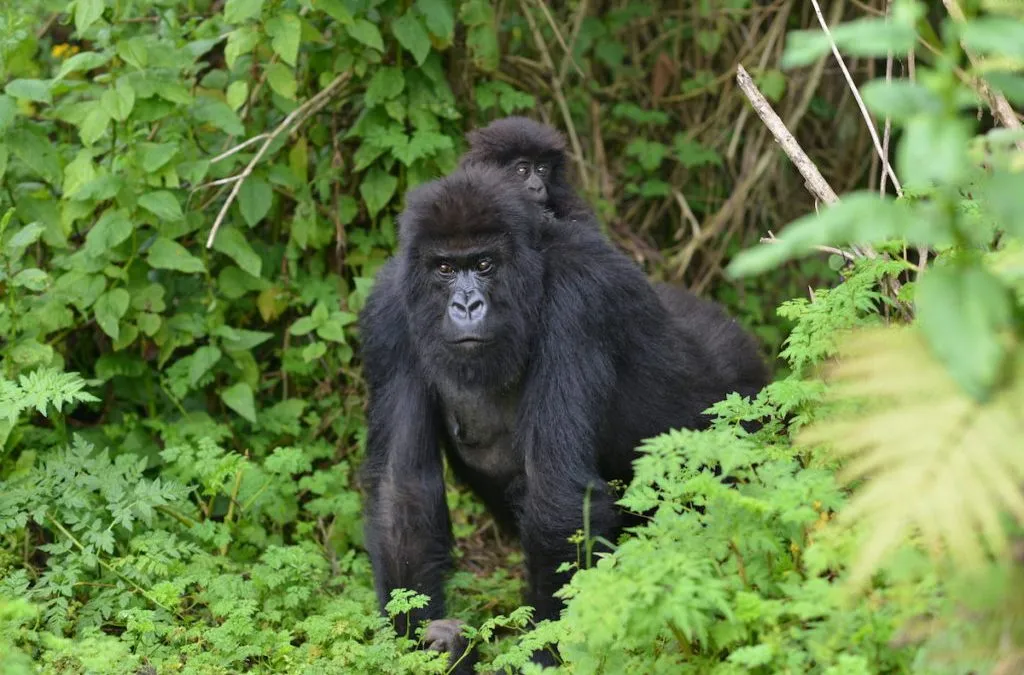
What Awaits Beyond Gorillas: The Diversity of Mgahinga
Though gorillas are the undeniable highlight, Mgahinga offers much more for those willing to explore further. The park is also a sanctuary for the rare golden monkeys, small primates with striking golden-orange fur and playful temperaments. Trekking to see them provides a contrasting experience to gorilla tracking, highlighting the park’s biodiversity.
For adventurous spirits, climbing the park’s volcanoes presents unforgettable challenges and rewards. Mount Muhabura, the highest of the three, rewards climbers with panoramic views stretching to Rwanda and the Democratic Republic of Congo. Mount Sabyinyo, whose jagged peaks form a natural tri-border point, offers the thrill of standing in three countries at once. Each hike unveils landscapes of incredible beauty, from crater lakes to alpine meadows.
Birdwatchers find paradise here too, with over 180 species recorded, including the regal crowned crane, Rwenzori turaco, and handsome francolin. The diversity of habitats ensures that every corner of the park holds a surprise, reinforcing Mgahinga’s identity as more than just a gorilla destination—it is a tapestry of life.
The Spiritual and Emotional Resonance of Trekking
Perhaps the most enduring aspect of gorilla trekking in Mgahinga is not physical but spiritual. Visitors often describe a profound sense of connection, humility, and even transformation after the encounter. In the silence of the forest, with gorillas moving gracefully within their natural world, one realizes the fragility of life and the strength of coexistence.
The trek becomes an inner journey, an act of reflection as much as exploration. The struggles of the gorillas mirror humanity’s own struggles for survival, security, and harmony. The sight of a mother protecting her infant, or a silverback safeguarding his family, resonates with universal values of love, responsibility, and leadership. These lessons endure long after the trek is over, carried home as intangible yet powerful souvenirs.
Best Time to Trek and Practical Considerations
While Mgahinga can be visited year-round, the dry seasons, from June to August and December to February, are generally considered the best times for trekking. Trails are less slippery, visibility is clearer, and the chances of comfortable trekking are higher. However, the forest’s unpredictability means that rain showers can occur even during the dry months, so preparedness is essential.
Permits are limited and must be secured in advance through the Uganda Wildlife Authority or reputable tour operators. Accommodation options range from luxury lodges with stunning volcano views to community-run guesthouses that immerse visitors in local culture. Whatever the choice, the hospitality of the Ugandan people enriches the journey, making every moment welcoming and warm.
A Journey Beyond Expectation
Gorilla trekking in Mgahinga is an experience that transcends the ordinary. It is not simply about seeing gorillas; it is about immersing in a landscape of wonder, engaging with a narrative of survival, and contributing to a cause larger than oneself. The challenges of the trek fade quickly, replaced by memories of gazes exchanged with gorillas, of mist rolling over volcanic peaks, and of the quiet realization that nature’s grandeur is both humbling and uplifting.
What one should expect is not just a wildlife encounter but a life encounter. To walk in Mgahinga’s forests is to step into a story written by time, resilience, and coexistence. The gorillas are its main characters, but every tree, bird, and cloud contributes to the unfolding drama.
For those who dream of experiencing the heart of Africa, where wilderness remains pure and encounters are profoundly intimate, Mgahinga is a destination beyond compare. To ensure that this journey is seamless, enriching, and guided by experts who understand both the land and its spirit, it is highly recommended to book your African tours and safaris with WildHorn Africa, a trusted partner in unlocking the magic of the continent.

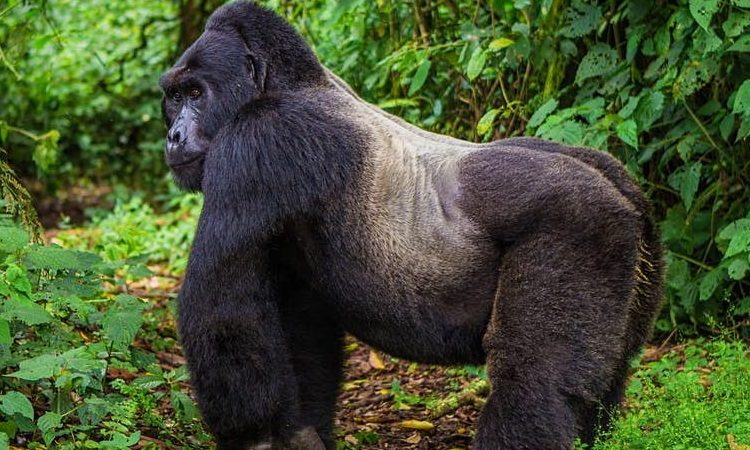
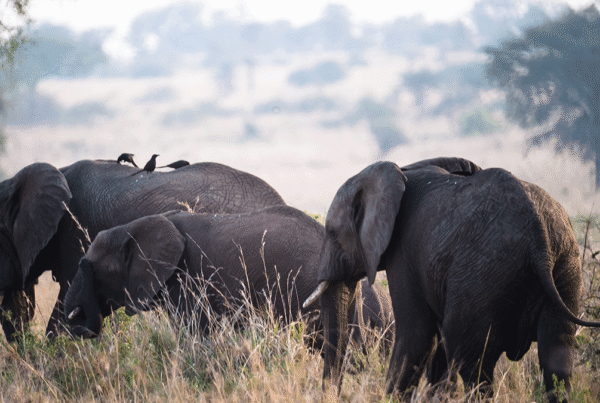
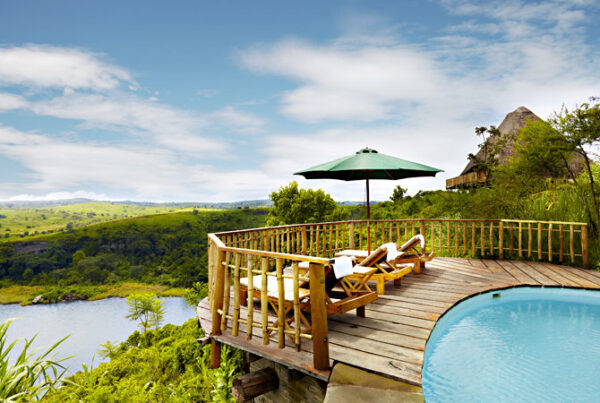
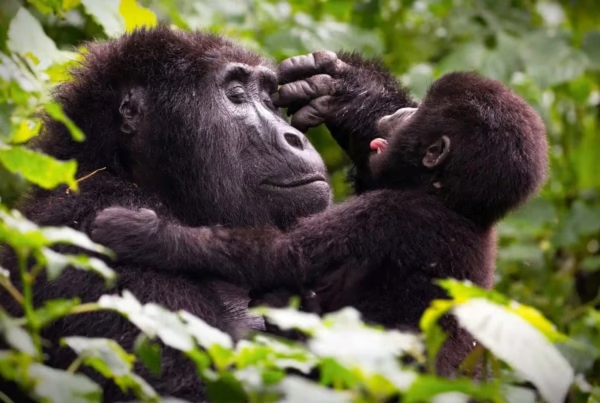
 WildHorn Africa – Authentic and unforgettable tours across Africa, guided by local experts who know the land, wildlife, and culture best.
WildHorn Africa – Authentic and unforgettable tours across Africa, guided by local experts who know the land, wildlife, and culture best.


